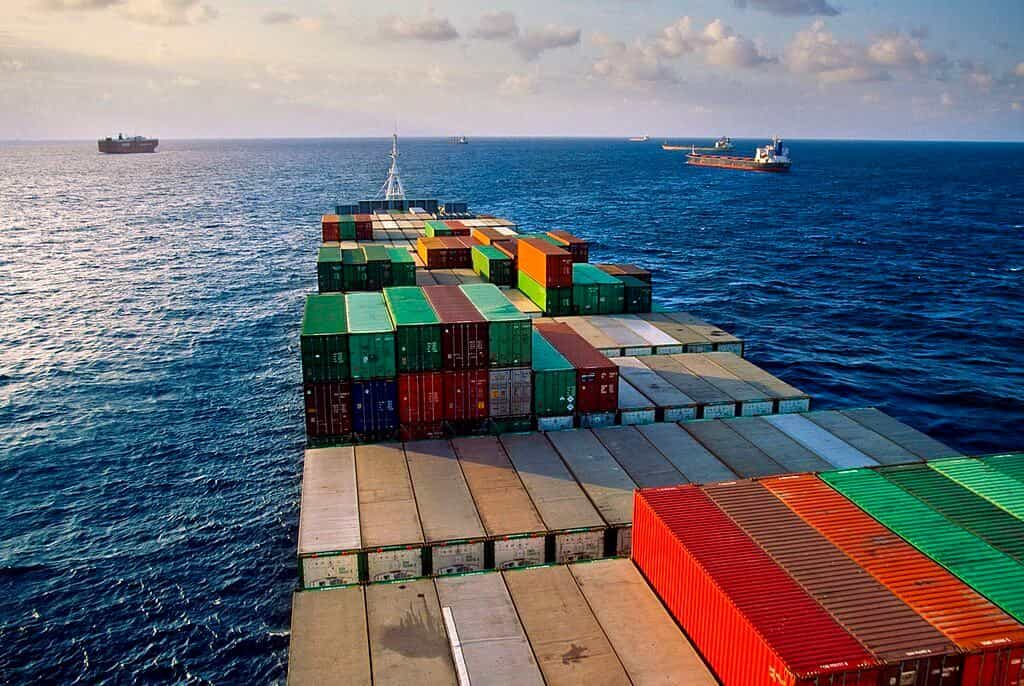In the world of international shipping, LCL sea freight plays a crucial role in facilitating global trade. LCL, or Less than Container Load, refers to a shipping method where multiple smaller shipments from different shippers are consolidated into a single container. This allows businesses of all sizes to access cost-effective and efficient transportation solutions for their goods. In this comprehensive guide, we will delve into the intricacies of LCL sea freight, exploring its benefits, considerations, and best practices.
- Understanding LCL Sea Freight:
LCL sea freight offers a flexible and economical option for businesses that do not have enough cargo to fill an entire container. By sharing container space with other shippers, companies can significantly reduce shipping costs and gain access to global markets. This method is particularly advantageous for small and medium-sized enterprises (SMEs) looking to expand their international reach. - Benefits of LCL Sea Freight:
2.1 Cost-Effectiveness: LCL sea freight allows businesses to pay only for the space they need, making it a cost-effective option compared to full container load (FCL) shipping. This is especially beneficial for companies with smaller volumes of goods or irregular shipping needs.
2.2 Flexibility: LCL sea freight offers greater flexibility in terms of shipment size and frequency. Shippers can send smaller quantities of goods more frequently, enabling them to respond quickly to market demands and reduce inventory holding costs.
2.3 Accessibility: LCL sea freight opens up global trade opportunities for businesses of all sizes. It eliminates the need for a minimum cargo volume requirement, making international shipping more accessible and inclusive.
- Considerations for LCL Sea Freight:
3.1 Transit Time: As LCL shipments involve multiple stops to load and unload cargo, transit times may be longer compared to FCL shipments. It is essential for businesses to factor in these additional transit times when planning their supply chain and managing customer expectations.
3.2 Cargo Consolidation: Proper cargo consolidation is crucial to ensure the safety and integrity of goods during transportation. Shippers should work closely with freight forwarders to ensure proper packaging, labeling, and documentation to minimize the risk of damage or loss.
3.3 Customs Clearance: LCL shipments may involve multiple consignees, each with their own customs requirements. It is essential to work with experienced customs brokers to navigate the complexities of customs clearance and ensure compliance with regulations.
- Best Practices for LCL Sea Freight:
4.1 Collaboration with Freight Forwarders: Partnering with experienced freight forwarders who specialize in LCL sea freight can streamline the shipping process and provide valuable insights into optimizing costs and transit times.
4.2 Packaging and Labeling: Proper packaging and labeling are crucial to protect goods during transportation and facilitate efficient handling. Shippers should follow industry standards and guidelines to ensure their cargo is properly secured and identified.
4.3 Documentation Accuracy: Accurate and complete documentation is essential for smooth customs clearance and compliance. Shippers should ensure all necessary paperwork, including commercial invoices, packing lists, and certificates of origin, are prepared accurately and in accordance with the destination country's requirements.
Conclusion:
LCL sea freight offers businesses a cost-effective and flexible solution for international shipping. By understanding the benefits, considerations, and best practices associated with LCL sea freight, companies can unlock its full potential and expand their global reach. Embracing LCL sea freight as part of a comprehensive logistics strategy can lead to increased efficiency, reduced costs, and enhanced competitiveness in the global marketplace.


